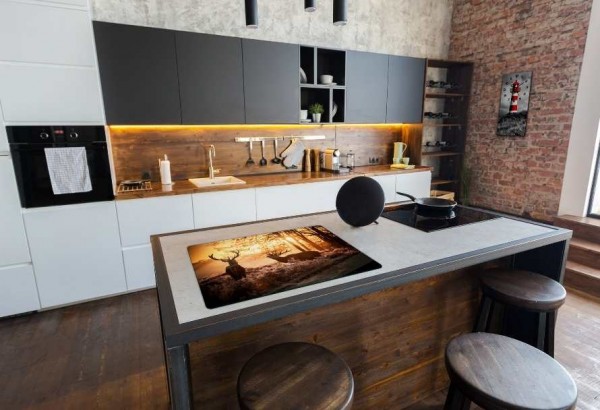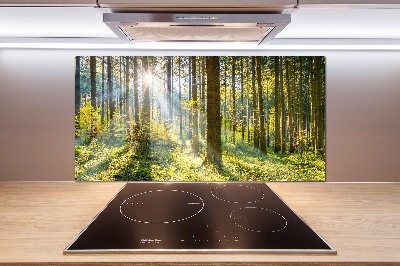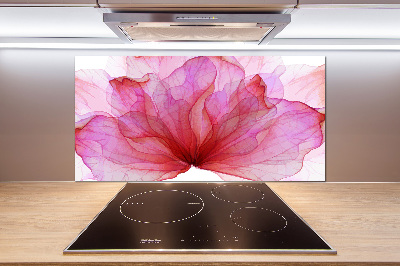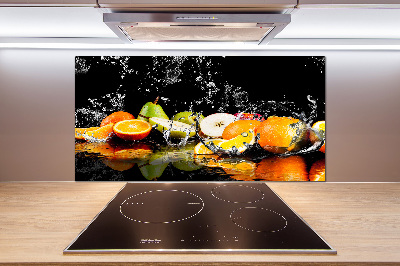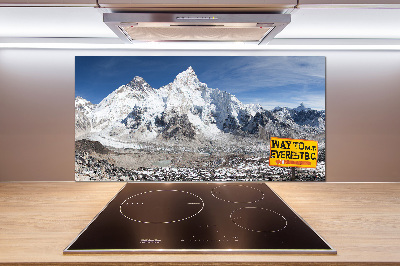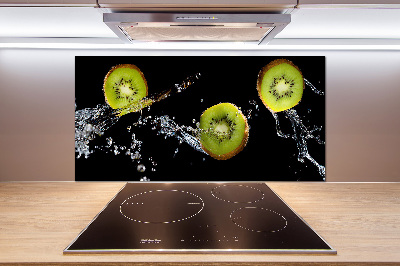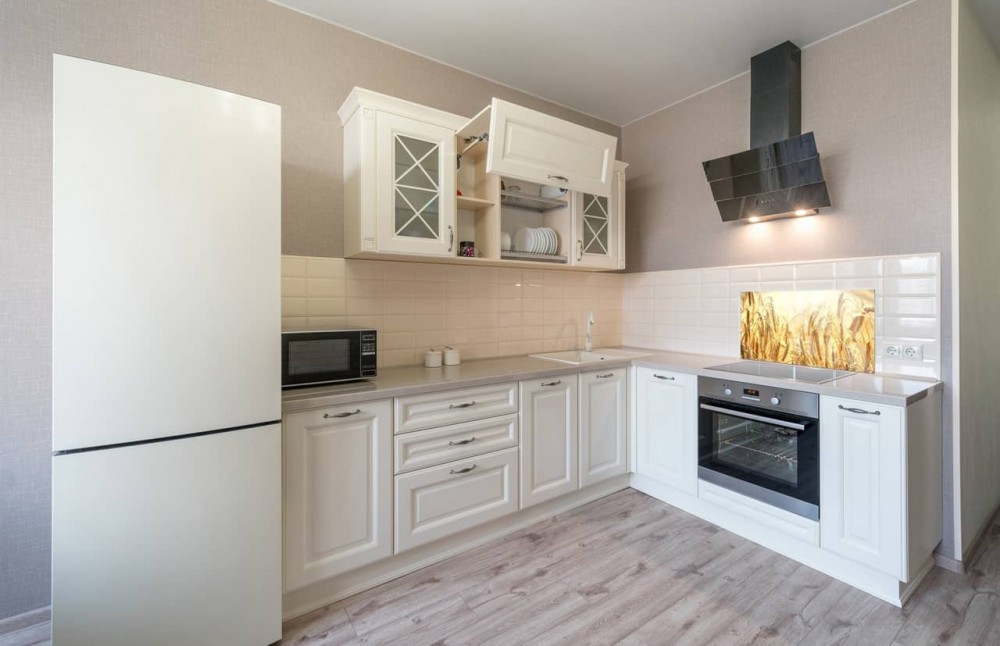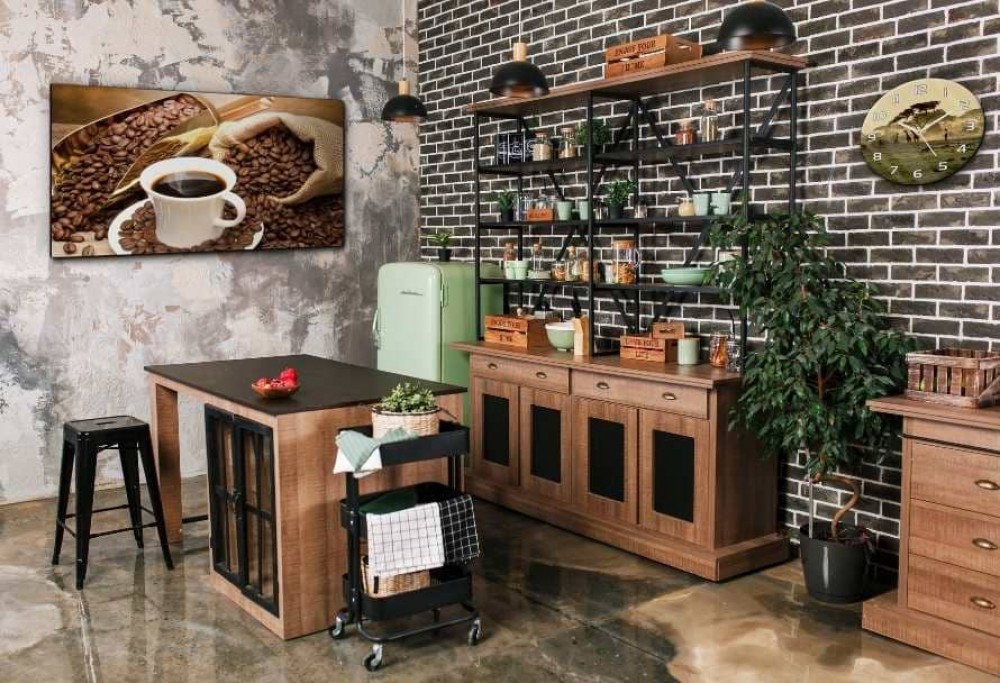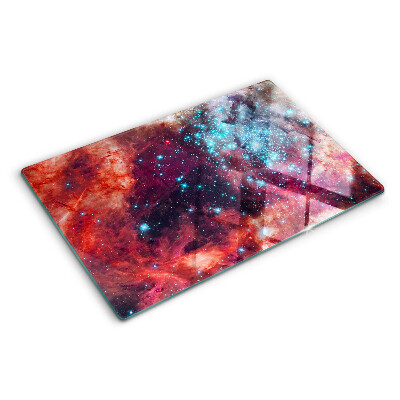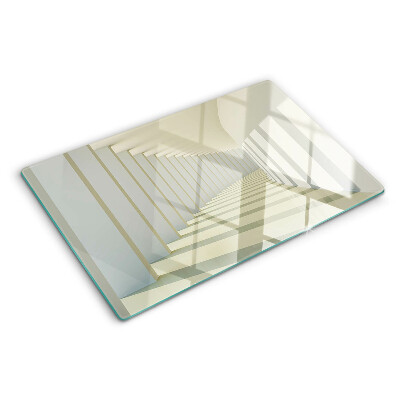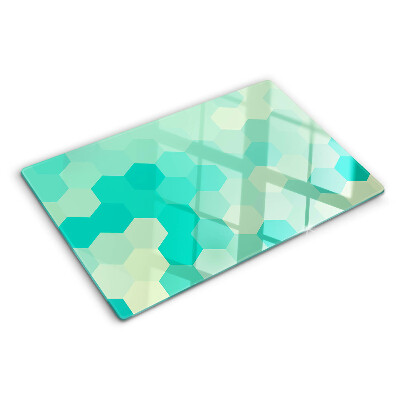Home and apartment owners often ask themselves the question: how to design a kitchen to make it comfortable, functional, and beautiful? A good kitchen design should combine practical solutions, modern kitchen furniture, and thoughtful interior arrangement. It's worth paying attention to details already at the planning stage. Today's offerings in stores and interior design services provide complete freedom, allowing you to create a unique kitchen.
Kitchen design - define your needs and lifestyle
Before you start thinking about where to begin with kitchen design, it's worth considering your daily habits. Do you cook a lot and need a large prep area with a convenient countertop and upper cabinets for pots and cutlery? Or do you prefer quick breakfasts and morning coffee, so a compact space with simple furniture will suffice?
The lifestyle of household members should be the starting point for creating your dream kitchen. A modern kitchen is unimaginable without ergonomic drawers, lower cabinets for vegetables and products, or functional shelves within reach. If you value tradition, opt for wood and classic fronts, and if minimalism is more your style, choose sleek, high-gloss cabinets.
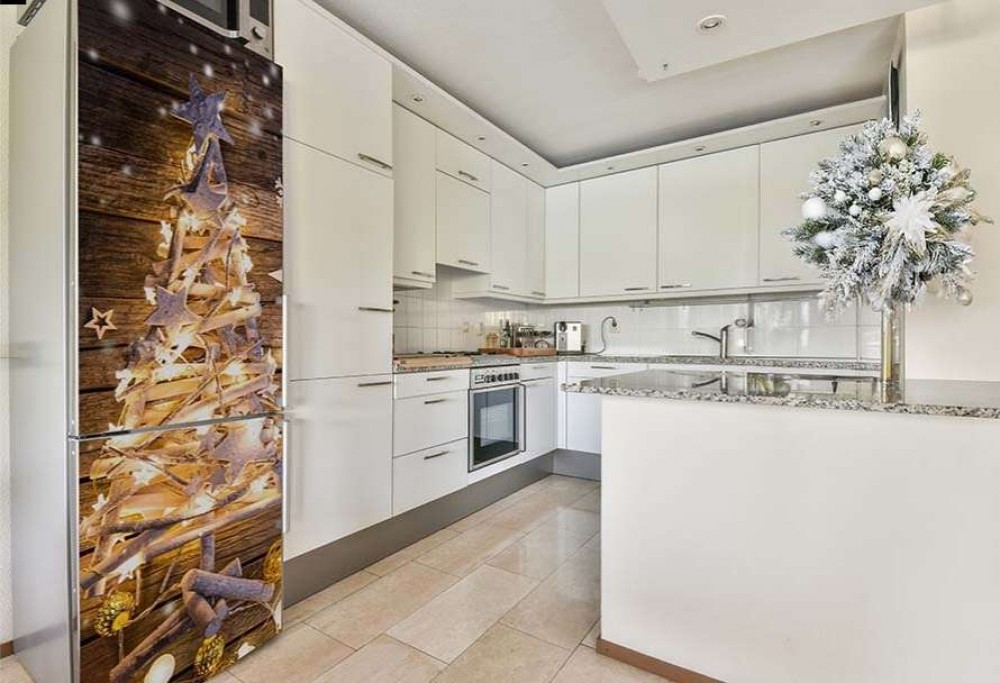
Every kitchen design should also consider the layout of individual elements at appropriate distances - ensuring that the sink, refrigerator, and stove form a work triangle that facilitates cooking and organization. This way, you'll create a kitchen that supports daily tasks and allows you to enjoy comfort in your space.
Planning the kitchen layout - the work triangle matters
The foundation of any arrangement is a well-thought-out kitchen design. It's worth dedicating time to planning the placement of individual elements so that all zones - cooking, washing, meal preparation, storage, and pantry - are logically arranged and spaced appropriately.
The work triangle principle involves positioning the refrigerator, sink, and stove in a way that facilitates smooth movement clockwise or counterclockwise. This makes using the kitchen convenient and efficient.
Lower cabinets should hold heavier pots and vegetables, while upper cabinets and shelves are ideal for cutlery, spices, or accessories. High cabinets are best for placing the oven and dishwasher so that appliances are always within reach. Small distances between main elements not only enhance cooking comfort but also minimize the risk of dangerous situations. Planning the kitchen layout with attention to detail ensures that even small spaces gain functionality.
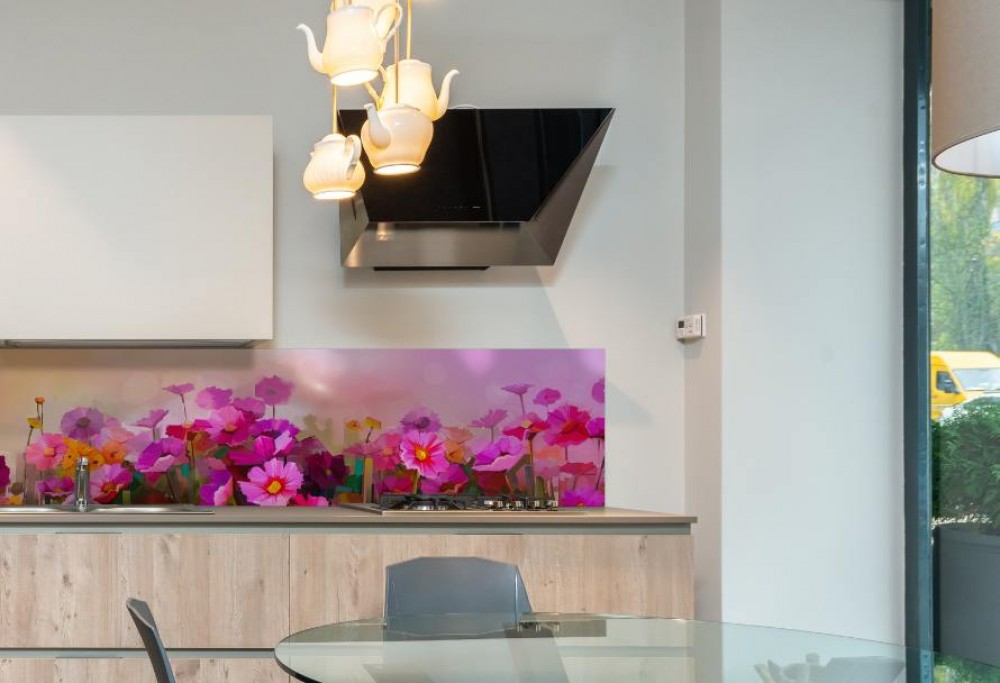
Materials and finishes - where to start?
When designing your kitchen, remember that kitchen furniture and finishes must not only be visually appealing but also easy to maintain.
The countertop should be resistant to high temperatures, scratches, and moisture - stores offer durable wooden countertops as well as modern composite surfaces.
It's worth protecting the wall above the countertop - tiles or elegant glass panels with prints work perfectly and can become a decorative element of the entire kitchen.
Cabinet fronts can be matched to the style - in a modern kitchen, smooth high-gloss surfaces look great, while wood and carved elements work well in a more classic arrangement.
Floors must be durable yet aesthetically pleasing - it's best to choose materials that are easy to clean, such as ceramic or vinyl tiles.
Good kitchen design also involves selecting accessories: cutting boards or practical shelves can add character and make everyday cooking easier. This way, you'll create a space that combines beauty and convenience, and your new kitchen will delight for years to come.
Planning kitchen lighting - combining functionality and ambiance
A kitchen design cannot overlook the role of lighting. Proper lighting is not only about aesthetics but also convenience during cooking and meal preparation.
It's worth focusing on several light sources - general, task, and decorative. Ceiling lighting evenly brightens the entire interior, while under-cabinet lamps make it easier to use the countertop, especially in the meal prep area.
Modern kitchens often feature additional accents such as illuminated upper cabinets or shelves. These elements give the interior a unique ambiance and make it more pleasant for evening cooking or morning coffee. Well-chosen lighting makes even small spaces appear more spacious, and the right interior design feels more complete.
Decorations for your dream kitchen
While main elements such as kitchen cabinets, countertops, or appliances play a key role, it's the details that give a dream kitchen its character. Vegetable cutting boards, aesthetic spice shelves, or designer drawer handles can transform the look of the entire space. It's also worth considering practical accessories - cutlery organized in trays, pots and products stored in convenient containers, and a well-planned storage area.
Equally important is the range hood, which, when integrated into the cabinetry, adds lightness to the interior and ensures comfort while cooking. Today, the market offers a wide selection of accessories in various styles and sizes, allowing you to design the kitchen exactly as you want.
Remember that even in small kitchens, details matter - small distances between furniture, the proper order of appliances, or the layout of zones can determine the convenience of daily use.
A kitchen tailored to your needs
A well-designed kitchen is a space that combines the convenience of everyday cooking with the warmth of home gatherings. It's a place where practical solutions meet aesthetics, and every detail creates a harmonious whole. It's worth taking the time to care for every element of your kitchen because this is where memories are created that stay with us for years.


